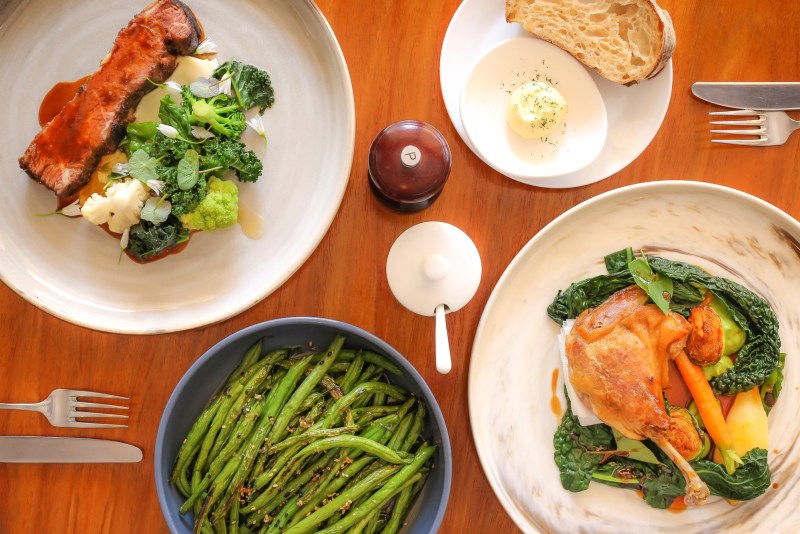
It seems like eating should be simple: You eat the foods you like in the quantities that satiate you, and that’s that. However, while that’s one way to approach things, most of us find that such a freestyle approach to our diet is too loose and can lead to overeating, nutrient imbalances, and feeling poorly. Plus, we all want to be healthy and maintain our ideal weight and body composition. For these reasons, there are many popular diets that aim to provide structure and rules or principles to guide everything about your eating, from what you should eat and what you should avoid to when you should eat and how much you eat.
Each of these diets has its own guaranteed benefits and specific goals, with a unifying theme supporting overall health and ideal body weight. From Paleo to Whole30, the Nordic Diet to the Ornish Diet, and vegan to Atkins, the menu of diets seems to be constantly growing. While it’s always nice to have choices when making decisions, the overwhelming number of popular diets these days can ultimately lead to paralysis by analysis. How can anyone be expected to sift through all the options and pick the best diet? Speaking with your physician or registered dietician can be a useful approach, or you can try various diets and see how you feel.
Everyone’s body is different, so what works best for you may not work as well for someone else. That said, the best diets for men typically have certain commonalities that make them effective, such as emphasizing healthy vegetables and nutritious fruits, limiting sugar, and focusing on whole, natural foods instead of processed and refined ingredients.
If you’re looking for a good place to start with a few vetted suggestions, keep reading to find out our top picks for the best diets for men.
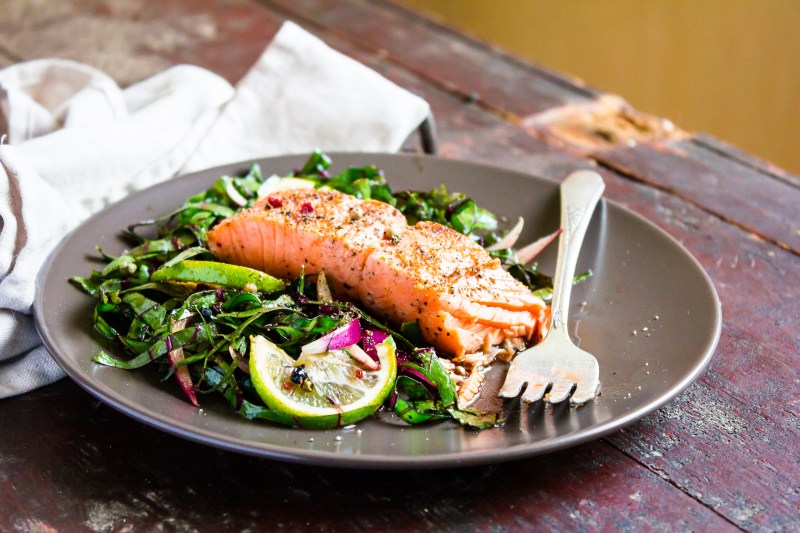
Best overall: Mediterranean diet
The Mediterranean diet wins our vote for the best diet overall because the evidence speaks for itself — it’s probably the most researched and tested diet around, with findings demonstrating its superior ability to lower the risk of many chronic diseases, reduce body fat, and improve physical health and performance. The Mediterranean diet is modeled after the typical eating patterns of the Mediterranean region — especially Greece — around the 1960s, due to the fact that this population had notably low rates of lifestyle diseases like Type 2 diabetes, obesity, and heart disease.
What makes the Mediterranean diet successful is that it relies on sound nutritional principles: Eat whole, natural foods in moderation, and avoid processed foods. The diet encourages the consumption of vegetables, fruits, legumes, whole grains, nuts, seeds, herbs, spices, fish, seafood, and extra virgin olive oil, which provides anti-inflammatory, heart-healthy fats. Poultry, eggs, cheese, and yogurt can be consumed in limited amounts, and red meat is discouraged. Foods to avoid include processed meats like hot dogs and sausages, refined oils, trans fats, processed foods, refined grains like white bread and pasta, sweetened beverages, and any foods with added sugars like ice cream and jelly.
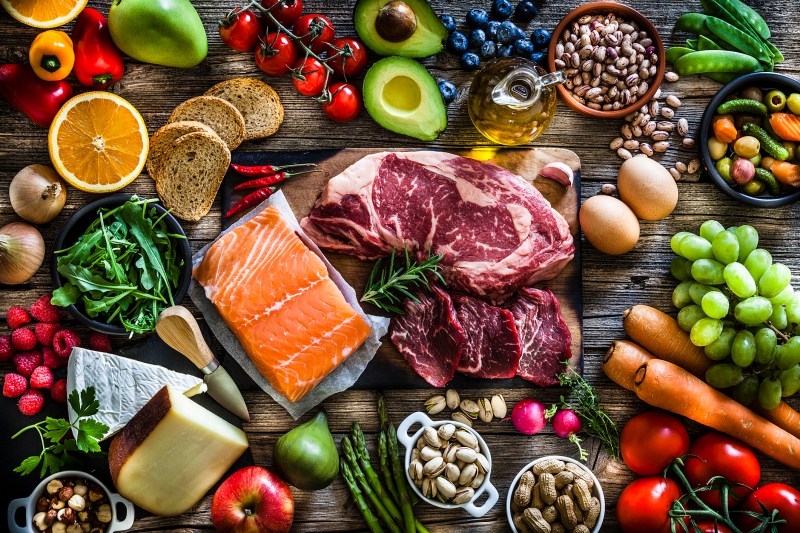
Best for weight loss: WW
According to studies, the WW Diet, formerly known as Weight Watchers, is one of the better diets for weight loss, particularly lasting weight loss. While the diet encourages nutritious foods like vegetables, whole grains, lean proteins, and legumes, it doesn’t forbid any specific foods, which may be one of the reasons it is often successful in the long term. Oftentimes, deprivation or having certain foods “off-limits” increases the desire to eat them.
The WW Diet ascribes points to all foods based on their calorie content and nutrient profile. Dieters are allotted a certain number of points per day based on their body size, activity level, and weight loss goals, but they can choose whatever foods they want within that framework, bearing in mind that healthy, fibrous foods like vegetables will be more filling and less costly from a points standpoint. In this way, the diet can help instill sustainable, lifestyle eating changes rather than simply serve as a short-term “crash” diet.
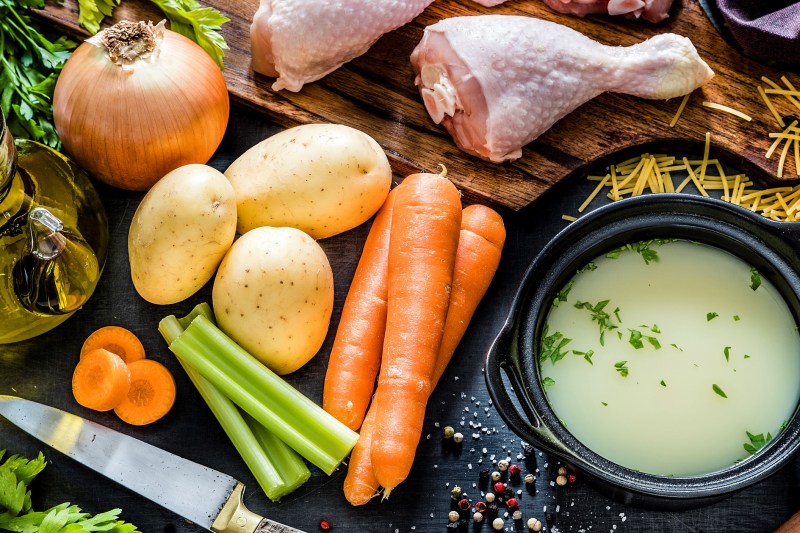
Best for high blood pressure: DASH diet
The DASH diet, which stands for Dietary Approaches to Stop Hypertension, is designed to support optimal blood pressure. Studies have found that individuals who follow the diet are able to reduce their blood pressure and improve cardiovascular health.
The hallmark of the diet is a limited sodium intake, capping the maximum daily allowance at 2,300 milligrams. There is also a lower sodium version of the diet for those with more advanced hypertension. In this iteration, daily sodium intake is limited to 1,500 milligrams. Aside from that, the DASH diet follows fairly standard healthy eating practices, focusing on vegetables, fruit, whole grains, and low-fat dairy, with some consumption of lean meats, eggs, poultry, legumes, nuts, and healthy fats.
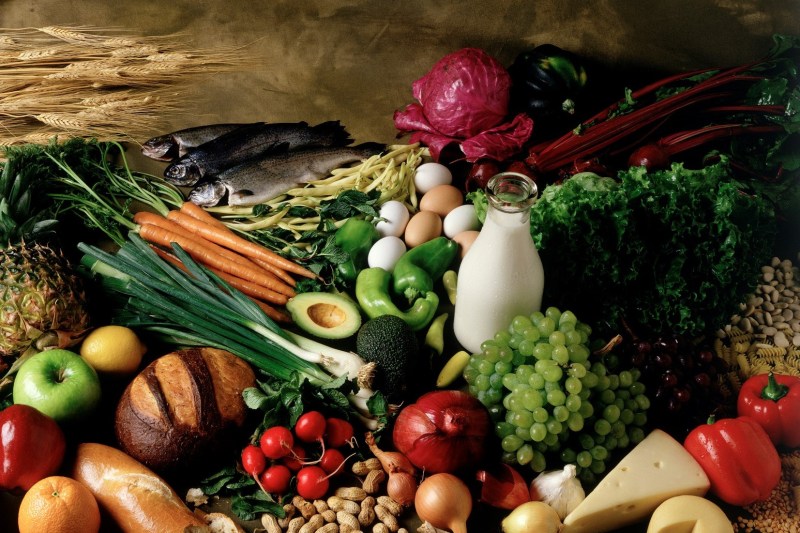
Best for digestive issues: Low FODMAP diet
If you have irritable bowel syndrome or suffer from gas, bloating, indigestion, and frequent diarrhea after eating vegetables, fruits, legumes, and certain grains, you might be sensitive to foods that contain FODMAPs, which stands for fermentable oligosaccharides, disaccharides, monosaccharides, and polyols. These are short-chain carbohydrates and some of the very same fermentable fibers that the beneficial bacteria in your gut actually prefer to metabolize.
However, if you have imbalances in the bacteria in your gut or have an overabundance of pathogens relative to beneficial bacteria in your microbiome, you may struggle to digest FODMAPs. This can result in gas, bloating, indigestion, diarrhea, and constipation. Unfortunately, although the low FODMAP diet can be quite effective at alleviating GI symptoms, it is quite restrictive and eliminates a lot of nutritious foods.
In the first of three stages of the diet, all high-FODMAP foods are removed from the diet. This includes many foods, including onions, garlic, cruciferous vegetables, leeks, peaches, apples, watermelon, cherries, blackberries, beans, lentils, wheat, rye, dairy, nuts, sweeteners, artificial sweeteners, and alcohol. In phases two and three, some of these foods may be reintroduced, but many people find they need to stick to low-FODMAP foods only.
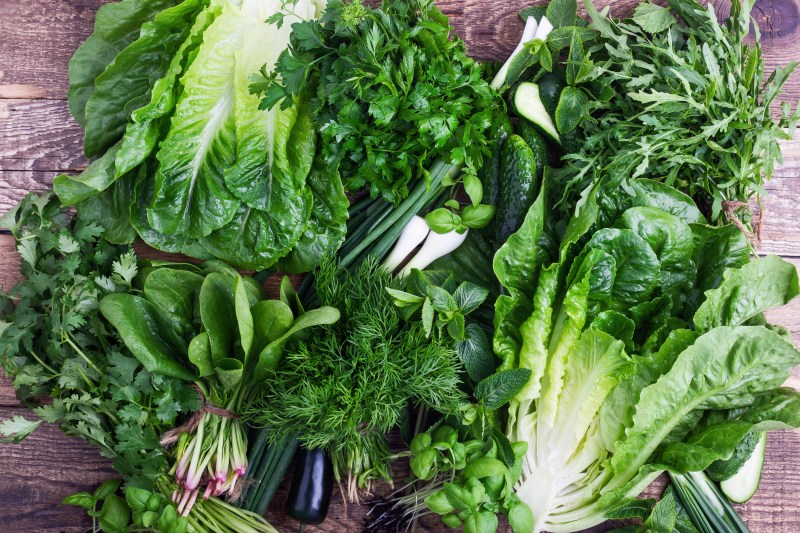
Best for men over 60: MIND diet
The MIND diet is designed to support cognitive health in addition to overall health, so it’s a great option for aging men who want to prevent cognitive decline. The MIND diet, which stands for Mediterranean-DASH Intervention for Neurodegenerative Delay, is essentially a hybrid between the Mediterranean diet and the DASH diet. Both of these popular diets have been shown to reduce the risk of various chronic diseases, such as diabetes, heart disease, obesity, and metabolic syndrome, which is likely attributable to the anti-inflammatory effects of the eating plan. Chronic low-grade inflammation is theorized to be the root cause of these diseases as well as dementia, so it makes sense to hone in on the same principles and foods to support brain health.
One nice thing about the MIND diet is that it’s very straightforward — there are 10 foods you’re encouraged to focus on and five foods to avoid. The 10 foods that should make up the bulk of your diet are leafy greens, vegetables in general, berries, nuts, beans, olive oil, fish, whole grains, poultry, and wine. The five foods to avoid are butter and margarine, pastries and sweets, cheese, red meat, and fried food.
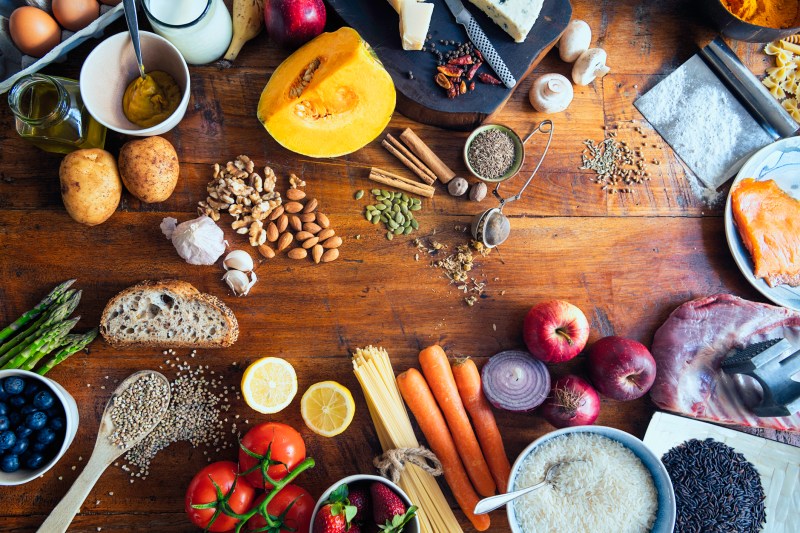
Best for endurance athletes: Nordic diet
The Nordic diet is similar to the Mediterranean diet and has many of the same benefits. It’s based on 10 core concepts that ultimately paint a lifelong sustainable healthy dietary canvas to follow. The core concepts are:
- Eat more fruits and vegetables every day.
- Eat more whole grains.
- Eat more wild foods.
- Eat more food from the seas and lakes.
- Eat foods with less packaging.
- Eat seasonally.
- Eat organic produce whenever possible.
- Eat more home-cooked meals.
- Eat less meat and eat only high-quality meat.
- Don’t eat food additives.
The Nordic Diet encourages whole, unprocessed foods, plant-based eating, and green living. It also suggests a 2:1 ratio of carbohydrates to protein at each meal, so it provides optimal fuel for endurance athletes.
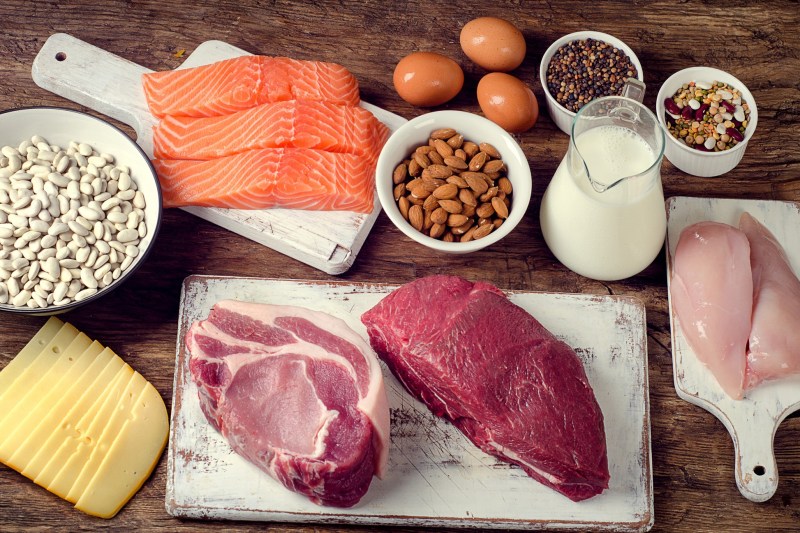
Best for men trying to gain mass: Paleo diet
The Paleo diet hit its peak of popularity a few years ago, but it still has some value. It’s based on the somewhat controversial thinking that we would be healthier if we ate as the cavemen ate. It meets opposition by demonizing certain foods generally considered nutritious, like beans, lentils, and other legumes, but it does have the sound underlying goal of avoiding processed foods.
Many adherents to the Paleo diet go overboard on the meat intake, making it possibly deleterious to health, but if you keep a balanced approach to your intake, it can be a nutritious way of eating, especially if you’re looking to bulk up or add mass. The diet includes a lot of calorie-dense foods like nuts, nut butters, and red meat.

How to choose the right diet for you
Choosing the right diet can be challenging, as there’s no one-size-fits-all answer. It depends on various factors like your health goals, dietary needs, preferences, and lifestyle. Here are some steps to help you choose a suitable diet for you:
- Define your goals: Are you aiming to lose weight, gain muscle, improve your overall health, manage a specific health condition, or something else? Knowing your goals will guide your food choices.
- Consider your needs: Do you have any allergies, intolerances, or dietary restrictions? Do you have any chronic health conditions? These factors require specific dietary considerations.
- Evaluate your lifestyle: How much time do you have for cooking and meal planning? Do you travel frequently? Your lifestyle should be compatible with the chosen diet for sustainability.
- Research popular diets: Explore the different diet options above and look for evidence-based plans supported by credible organizations to help you make the right choice.
- Choose a balanced approach: Avoid diets that eliminate entire food groups or promote unrealistic restrictions. Focus on sustainable, wholesome eating patterns rich in fruits, vegetables, whole grains, lean protein, and healthy fats.
- Consult a healthcare professional: They can personalize a plan based on your unique needs and health status. Consider consulting a registered dietitian for detailed guidance on healthy eating.



